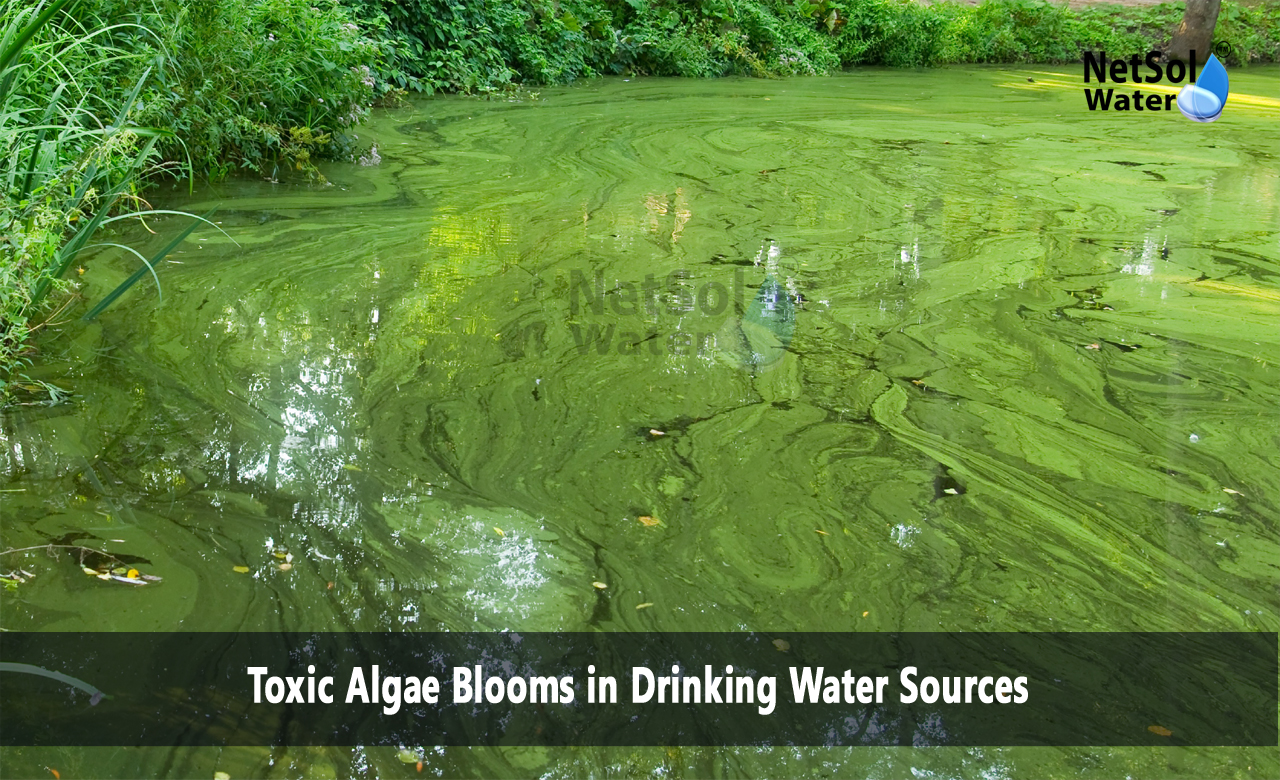Toxic Algae Blooms in Drinking Water Sources
Communities worldwide face mounting environmental and public health challenges from toxic algae blooms in drinking water sources. These harmful organisms flourish and multiply throughout lakes, reservoirs and rivers that supply drinking water to millions of people. Water treatment facilities encounter ongoing obstacles as they strive to eliminate these toxic substances from public water supplies. Multiple factors drive the increasing occurrence of these blooms, which include warming temperatures, elevated nutrient runoff and shifting weather patterns. The public needs to know the dangers toxic algae blooms pose to their drinking water sources. Local governments dedicate extensive resources to monitoring, testing and treating affected water supplies. The effects stretch beyond human well-being to damage aquatic ecosystems, limit recreational activities and decrease property values near contaminated water bodies. Recent contamination events involving toxic algae in drinking water have emphasized the urgent need to enhance monitoring prevention and treatment approaches.
The Science of Toxic Algae Formation and Growth
Water managers protect communities by studying how toxic algae blooms develop in drinking water sources to anticipate and stop contamination events. Environmental conditions fuel the swift multiplication and distribution of these microscopic organisms throughout water bodies. Water quality experts implement focused prevention tactics by recognizing how nutrients, temperature and light combine to expand algal populations rapidly.
Let us have a look at some key aspects of toxic algae formation:
Environmental Triggers
Surface water absorbs sunlight, which creates temperature patterns that promote algal growth. Algae populations consume nutrients that flow from agricultural areas, lawn care products and wastewater systems. Algae concentrate in specific areas of water bodies during calm weather conditions.
Species Identification
Various toxic algae types generate different harmful substances. Blue-green algae, labelled as cyanobacteria creates the most widespread danger to drinking water sources. Scientists employ microscopic analysis and genetic testing to pinpoint dangerous species, which guides their treatment strategies.
Bloom Dynamics
Seasonal patterns influence algal bloom development. Shallow, warmer areas experience initial growth phases. Algae populations spread across water bodies through wind and current movement. Surface scums appear when algae accumulate in dense concentrations. Water managers use these pattern insights to project potential bloom locations.
Health Impacts and Water Quality Monitoring
Public health concerns emerge when toxic algae invade drinking water sources and these demands require thorough monitoring and quick response measures. Water quality professionals track early warning signs of harmful algal blooms through consistent testing. Early warning systems and appropriate treatment modifications protect public health through this proactive strategy.
Let us have a look at some monitoring aspects:
Testing Methods
Water samples undergo analysis for algal cells and toxins in quality laboratories. Continuous data about water conditions flows from automated monitoring systems. Field teams perform visual water body inspections. These methods unite to form thorough monitoring programs.
Health Effects
Drinking water contaminated with algal toxins triggers various symptoms. People experience effects ranging from digestive problems to neurological complications. Higher risk groups include young children, elderly individuals and people with weakened immune systems. Medical providers must understand these health consequences.
Warning Systems
Communities learn about toxic algae risks through public notification systems. Problems detected by water utilities lead to advisory notices. Warning signs about water contact appear at recreation areas. Public health protection improves through these communication networks.
Treatment Technologies and Management Strategies
Multiple methods help water treatment facilities extract toxic algae and harmful compounds from drinking water sources. Treatment systems evolve alongside the development and decline of algal blooms. Monitoring results and water quality targets guide plant operators in adjusting treatment processes. Let us have a look at some treatment approaches:
Physical Removal
Algal cells encounter filtration systems before entering drinking water. Harmful compounds break down through advanced treatment processes. System effectiveness continues through regular maintenance. Primary protection stems from these physical barriers.
Chemical Treatment
Selected chemicals disable algal cells effectively. Harmful toxins transform into safe substances through treatment products. Chemical levels undergo constant operator monitoring. Protection increases through multiple systematic layers.
Preventive Measures
Nutrient inputs decrease in water bodies through watershed management. Runoff filters through buffer zones surrounding water sources. Water infrastructure remains functional through regular maintenance. These methods block bloom formation effectively.
Conclusion:
Communities must stay aware and involved in addressing toxic algae blooms in drinking water sources. Your local water utility welcomes inquiries about area monitoring programs. Watershed protection from nutrient pollution needs your support. Your community benefits when you stay informed about water quality issues. Safe drinking water depends on collective action. Your local water quality office or environmental agency stands ready to provide more information about toxic algae monitoring and prevention in your area. Water quality experts invite you to schedule consultations about specific water supply concerns.



